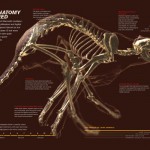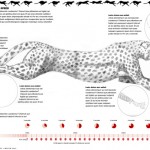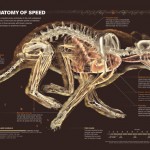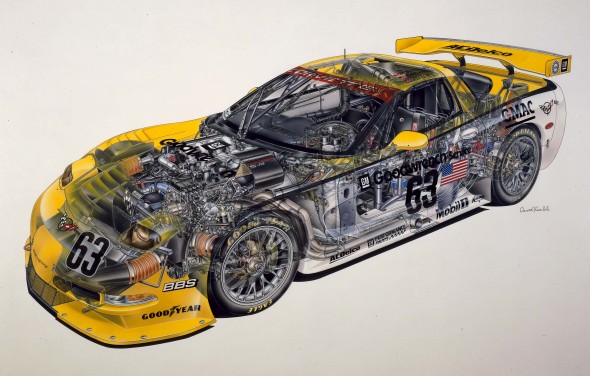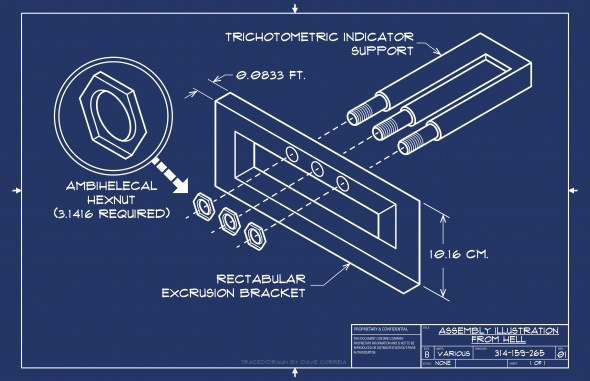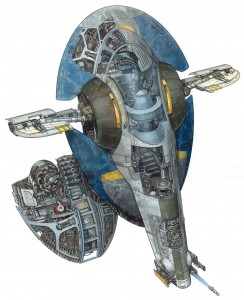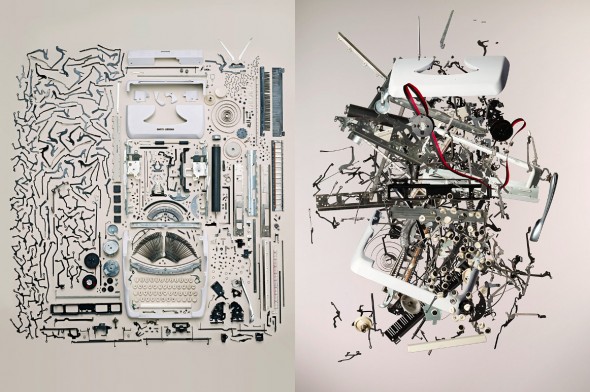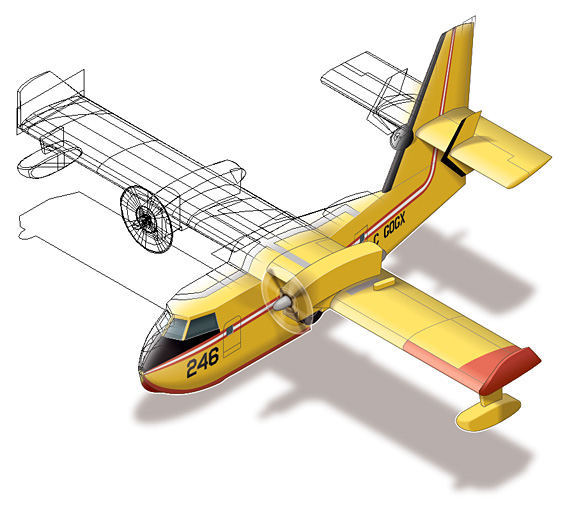National Infographic is a blog written by Juan Velasco, art director of the venerable National Geographic magazine.
Velasco writes in depth about the rigorous journalistic integrity, the painstaking attention to detail, and the high-level design thought that goes into producing visuals for such an esteemed publication. The graphics department spends months producing original research, consulting with experts and consultants, and digging through data to bring a story to the surface. The amount of resources at their disposal is amazing.
Far beyond geographic maps, the graphics department produces illustrations, infographics, animations, interactive modules, videos, 3d models, dioramas and photo essays on topics such as science, technology, history, culture and economics.
National Infographic. Definitely one to keep an eye on.

